Land Rover has revealed the future of its expanded Land Rover Discovery range with a versatile and technology-packed SUV concept shown at the Beijing motor show, following its official reveal at the New York motor show earlier this week.
The Discovery Vision Concept – which has appeared in Beijing in a new orange paint scheme, but is otherwise unchanged from the New York vehicle – heralds a range of initially four SUV models that will wear the Land Rover Discovery badge, taking the 25-year-old nameplate to a whole family of ‘leisure’ vehicles in the same way that Land Rover has with Range Rover and Defender.
The new concept car establishes the design themes, versatile, high-tech interiors and off-road prowess of the Discovery family. It also previews a whole raft of advanced technology that’s set to come from Jaguar Land Rover in the coming years, including the ability to control the car remotely.
“The Discovery concept vehicle represents a vision of our future family of leisure SUVs,” said Land Rover design director Gerry McGovern. “Its modern, relevant and compelling design is a significant shift from Discovery as we know it. Vision puts design at the core, design which resonates on an emotional level.
"It has beautiful proportions, it's poised, it has a strong stance as all Land Rovers do. It's versatile inside and out and can be associated with lots of different lifestyles.
The first Land Rover model to wear the Discovery name in the next generation of vehicles will be a replacement for the current five-seat Freelander. It is due to be seen before the year is out and is based on the Range Rover Evoque platform. There will also be a seven-seat Freelander replacement.
The staple Discovery model and a new addition to the line-up will be a rugged seven-seat off-roader in the mould of Toyota’s Land Cruiser. This will be a sister car to Jaguar’s upcoming SUV and a new Range Rover model that will slot between the Evoque and Range Rover Sport.
Crowning the range will be a direct replacement for the current Discovery, but with an even plusher and more premium execution. It is this model — built on the all-aluminium structure that underpins the Range Rover and Range Rover Sport — that the Discovery Vision Concept most closely previews.
The styling of the concept is a complete departure from the current Discovery 4. The silhouette is sportier and the lines and detailing more curvaceous. The overhangs are also shorter to give a more compact look, and there are flourishes from the Range Rover family in the wraparound lights and the grille pattern.

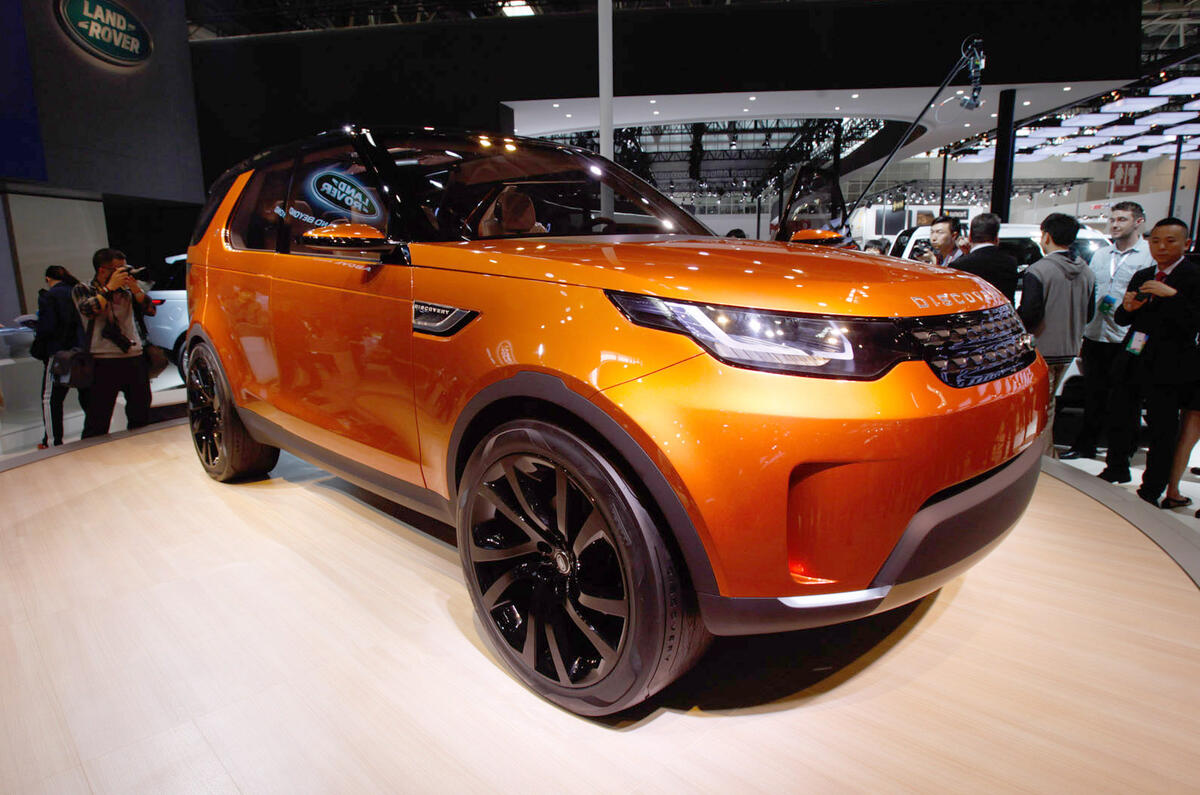
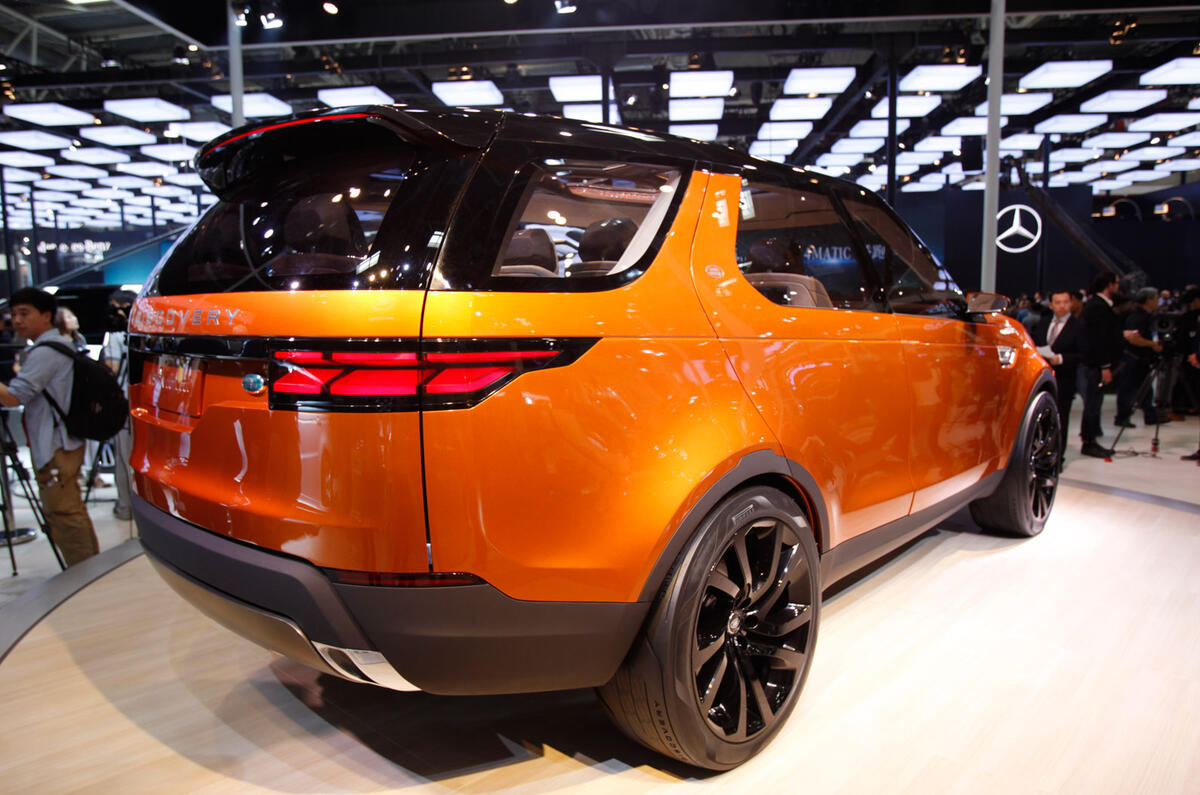
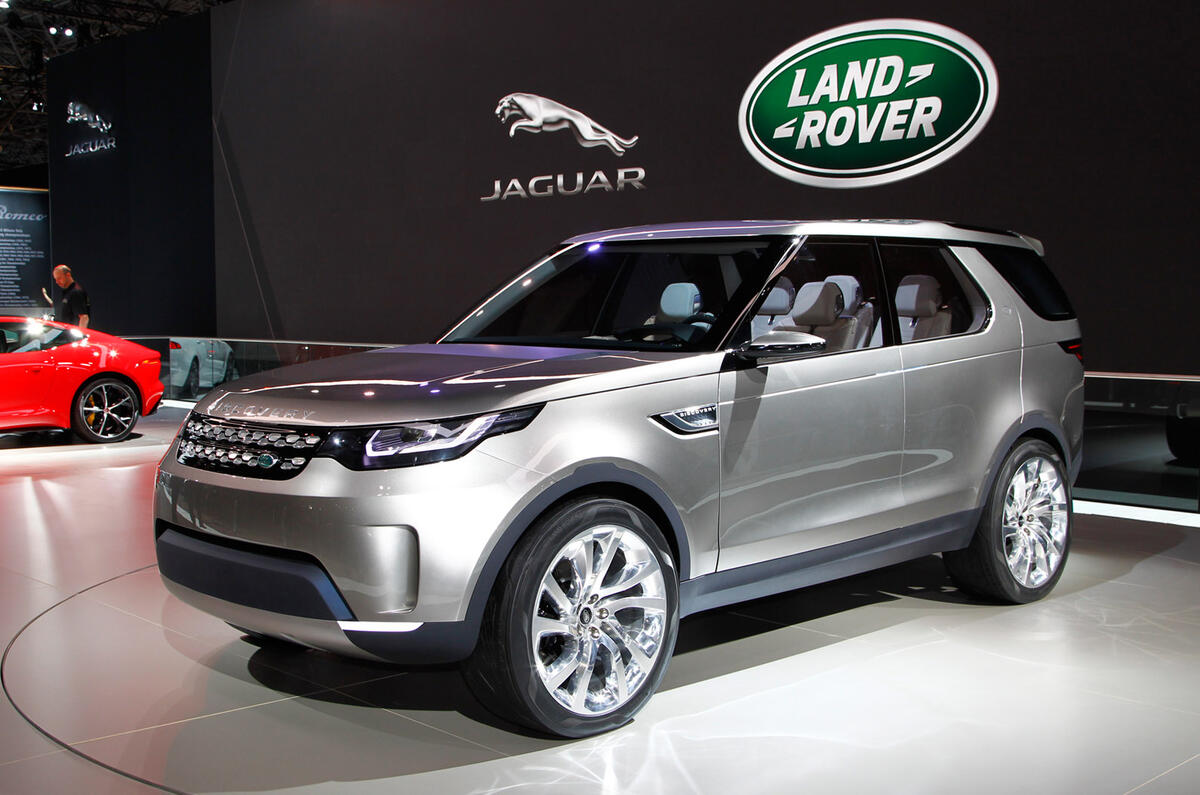
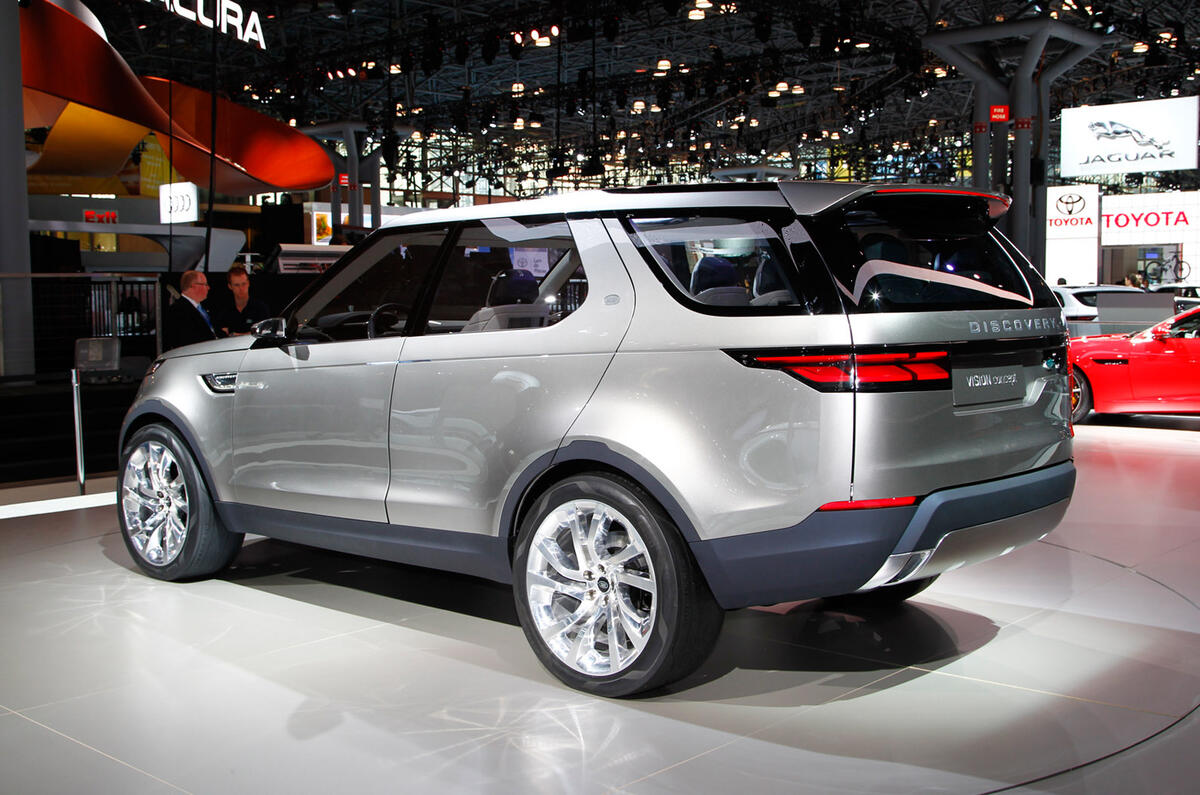
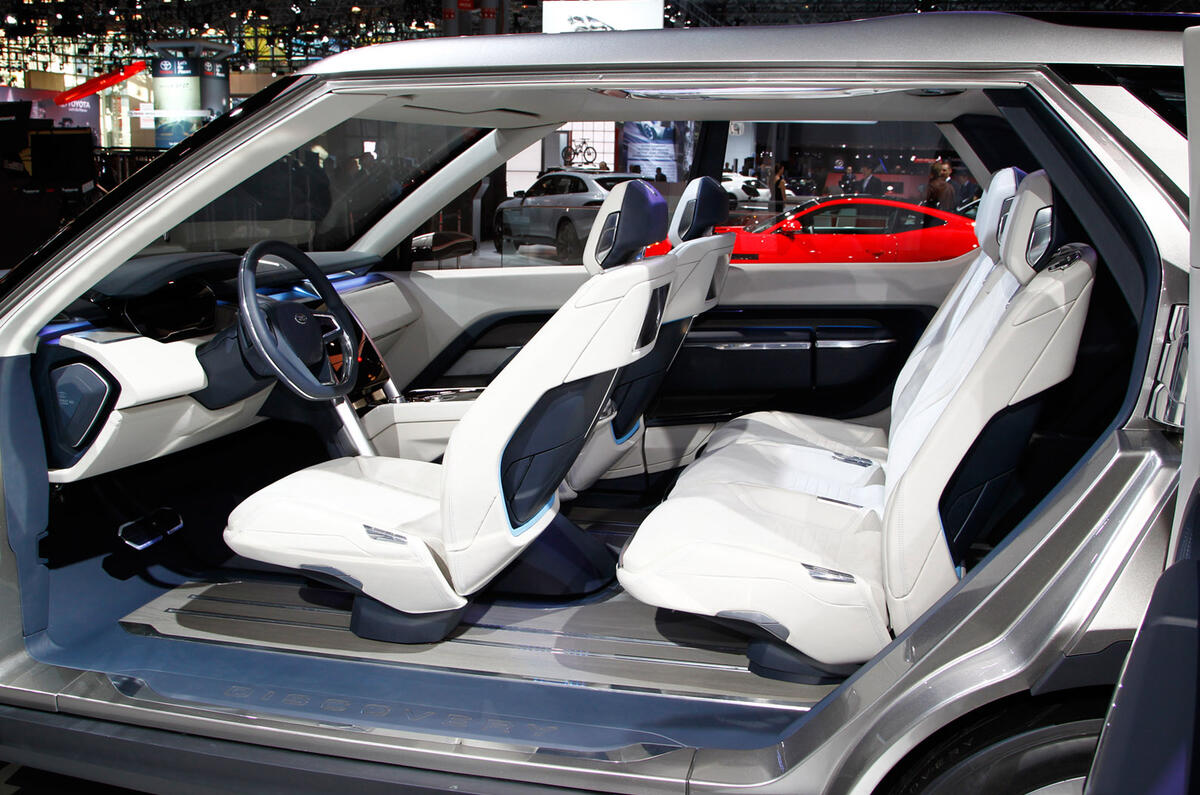
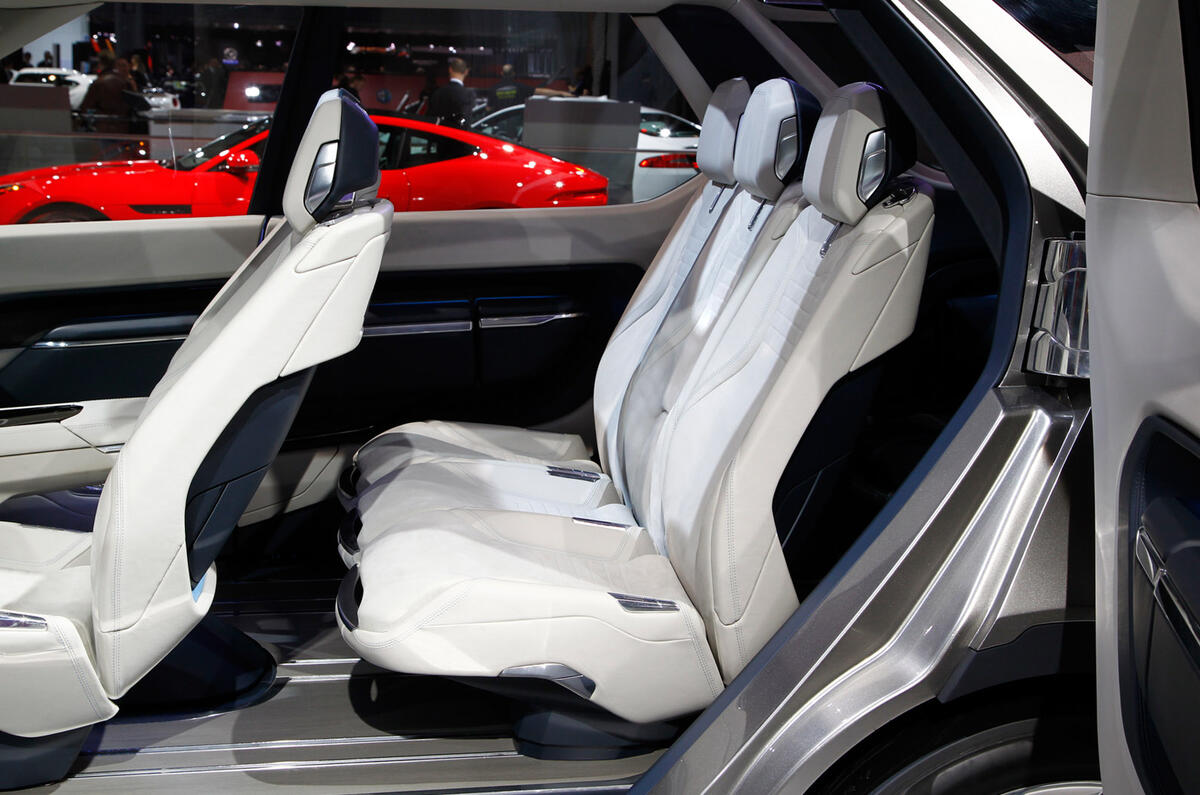
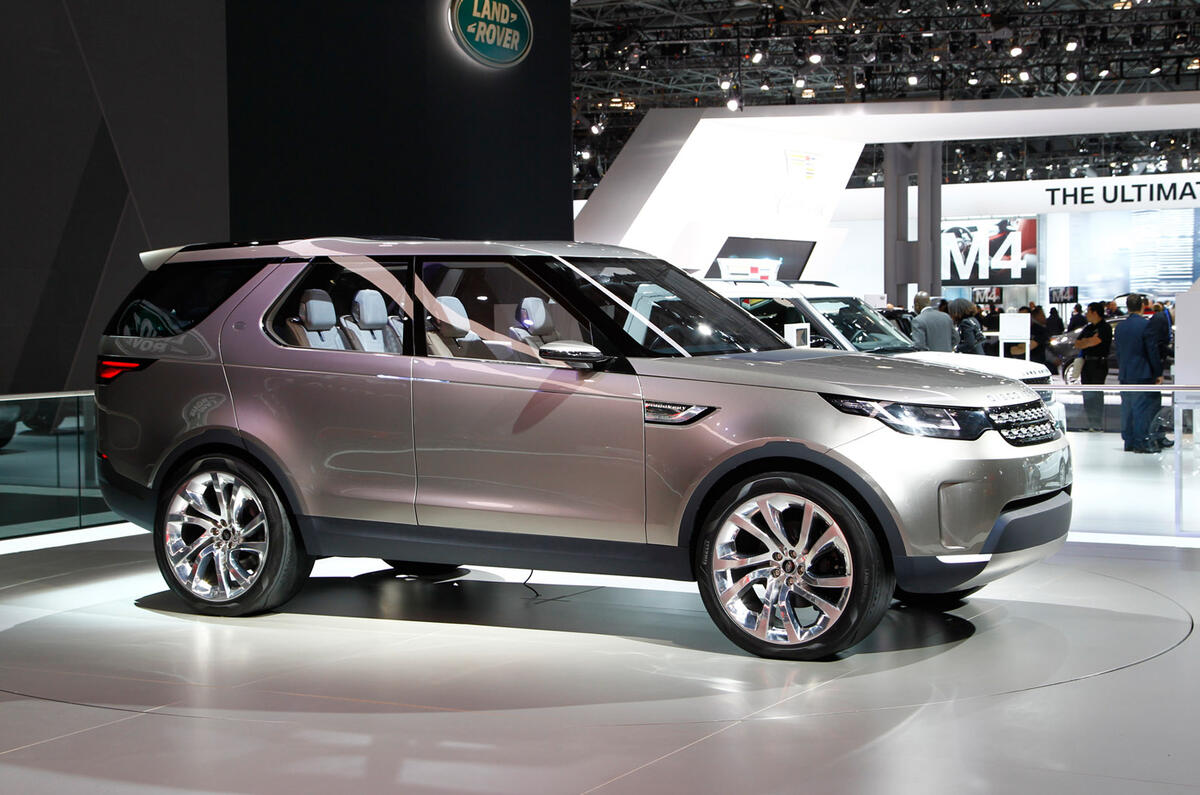
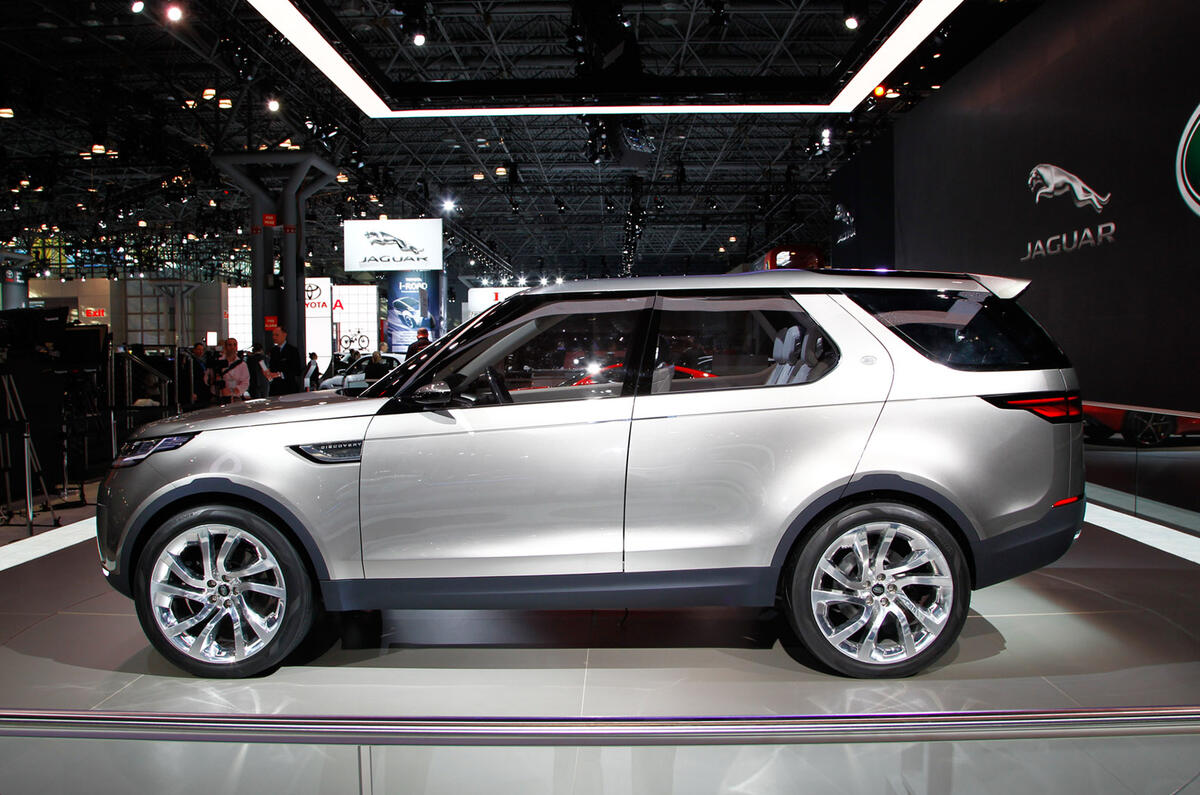
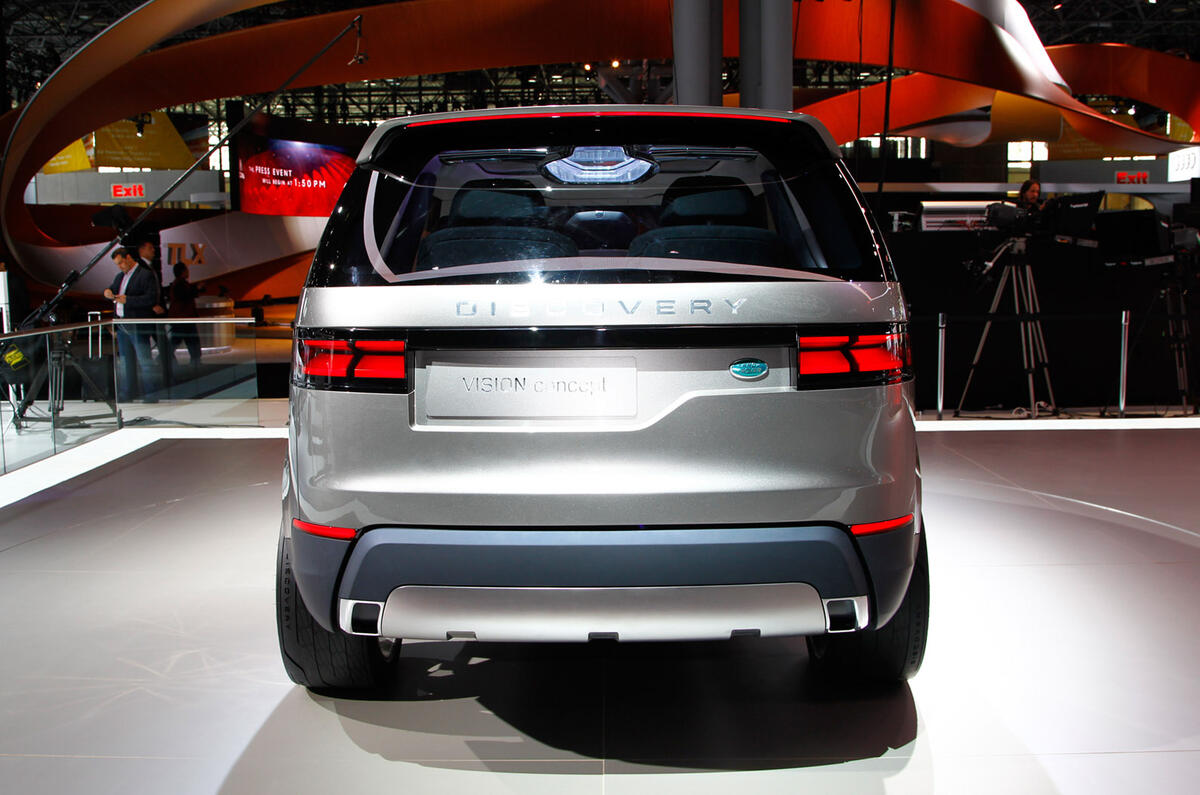
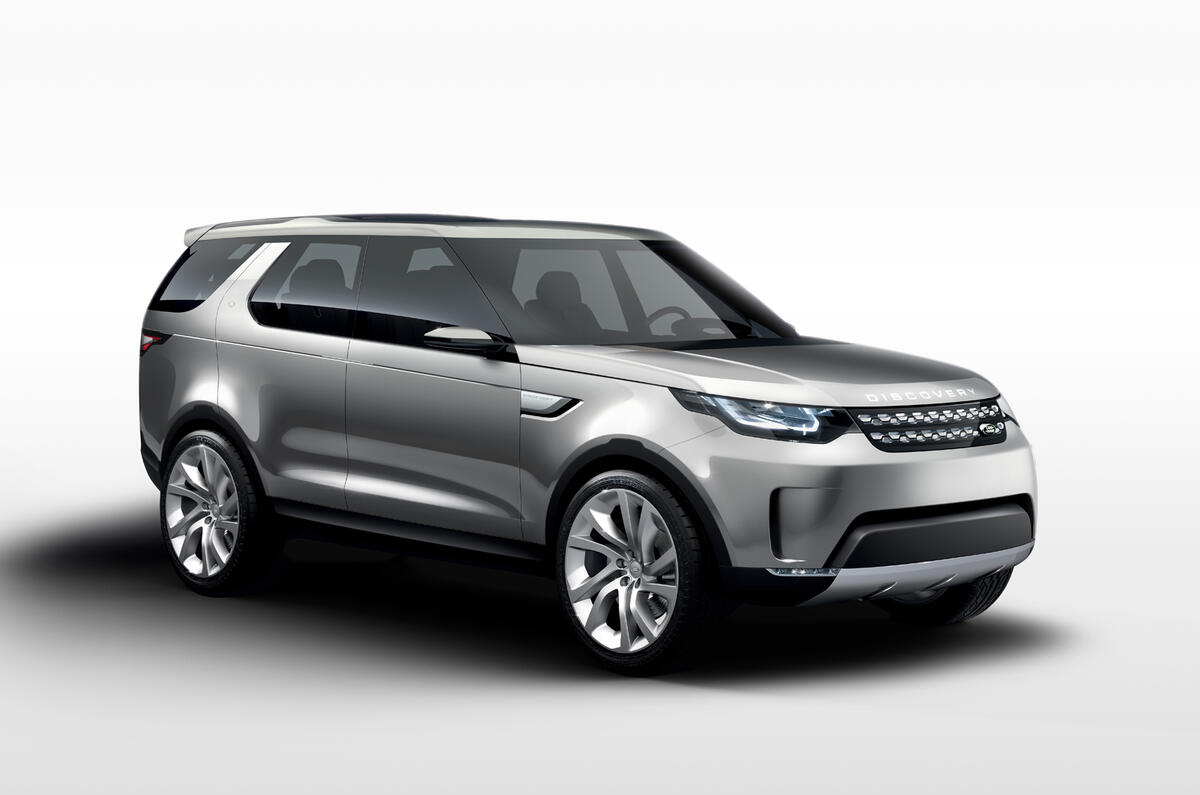
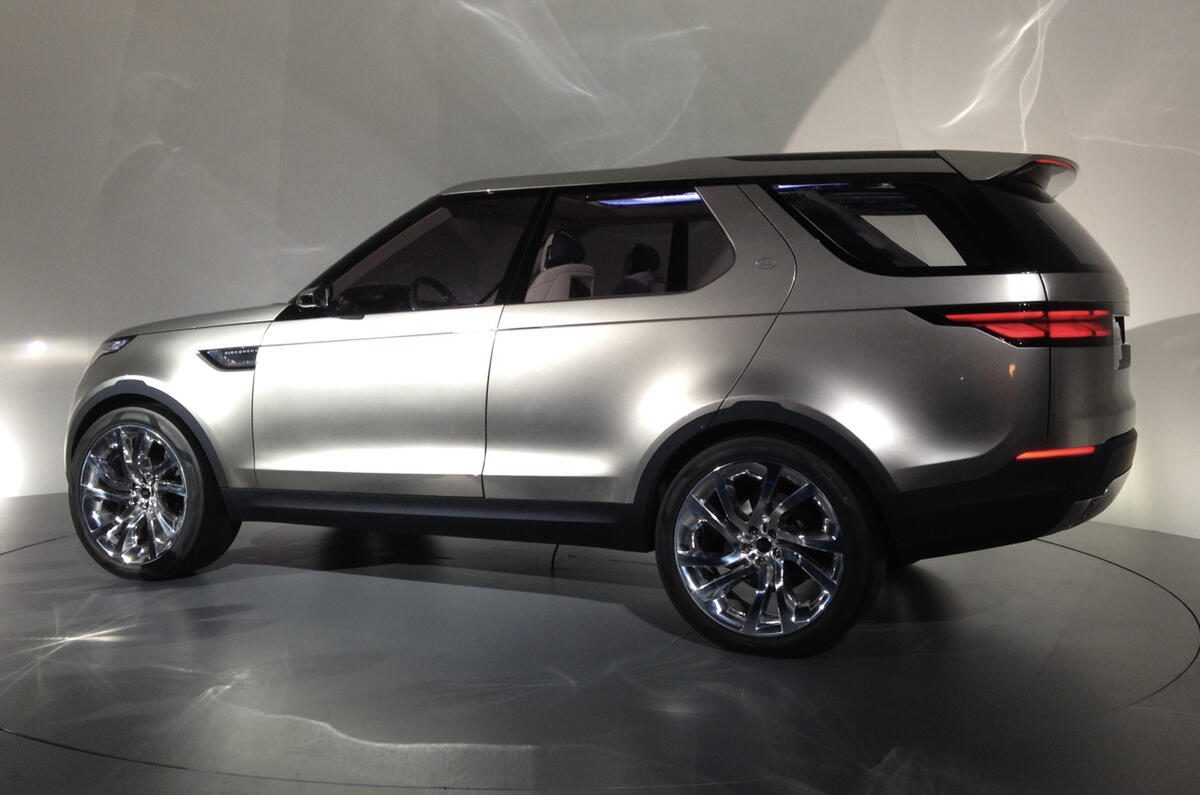
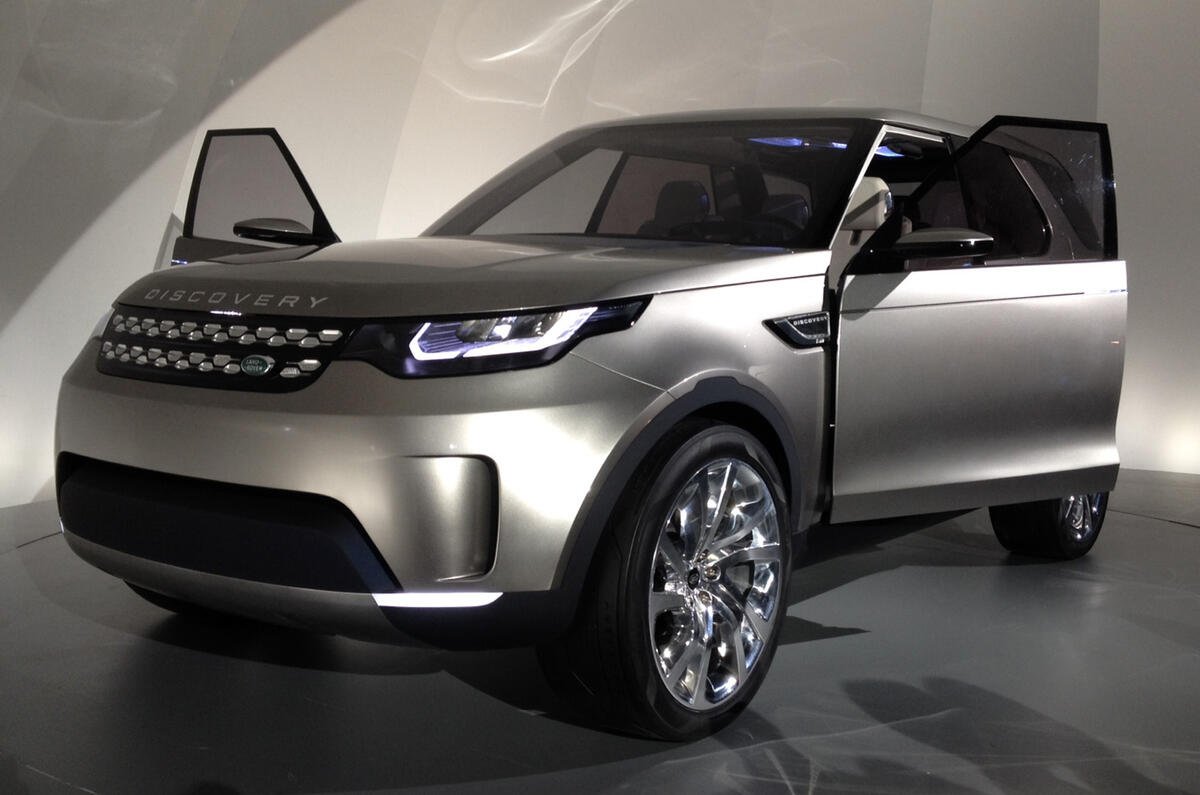
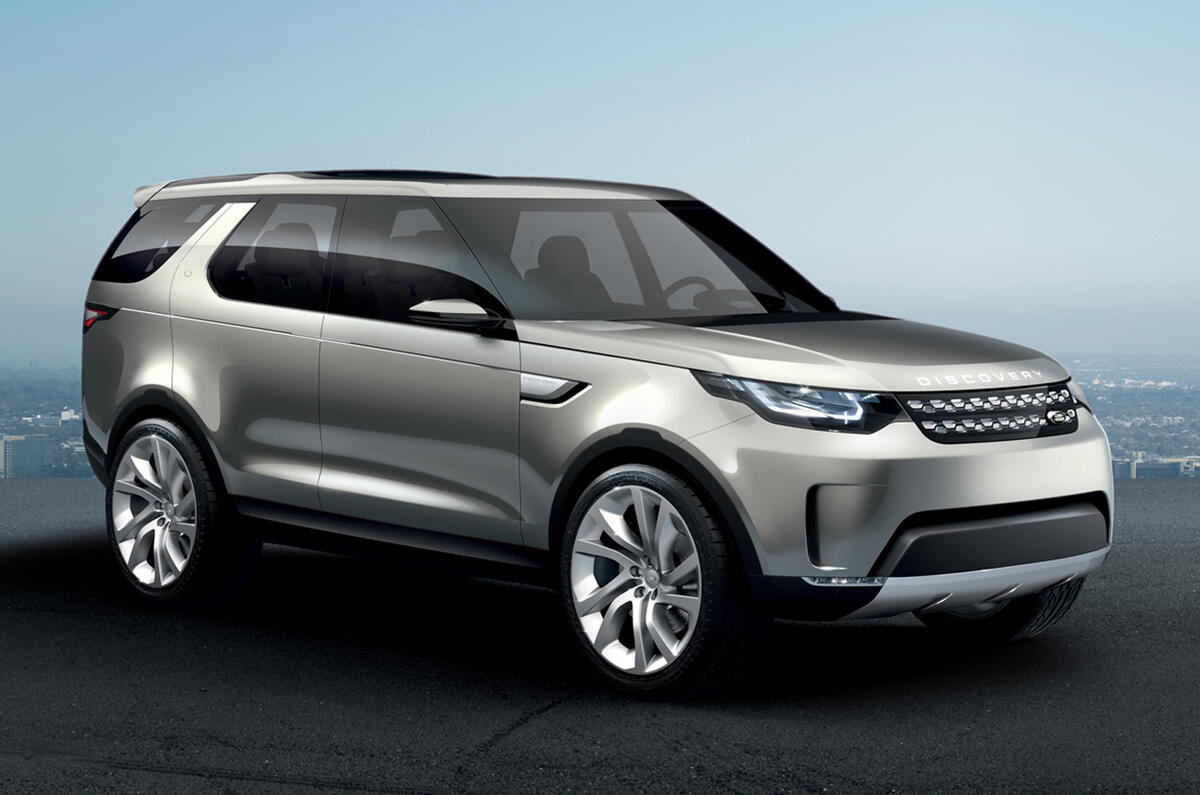
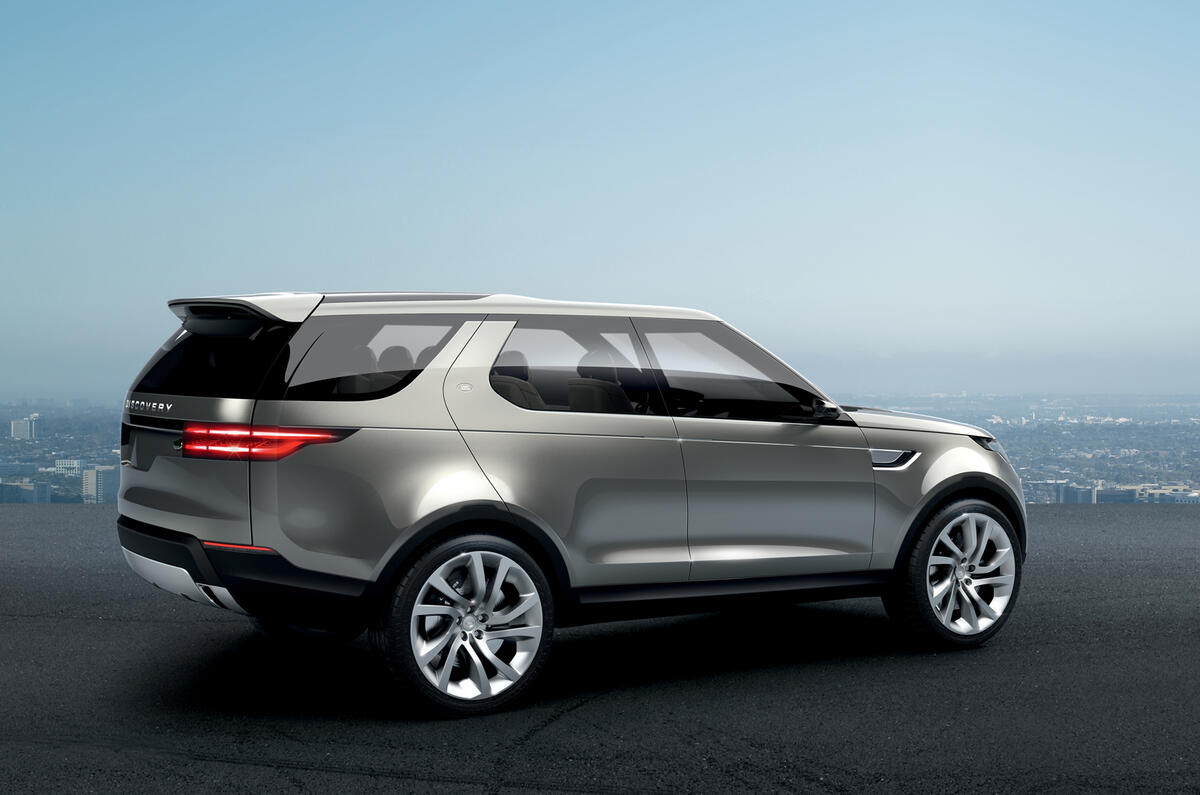
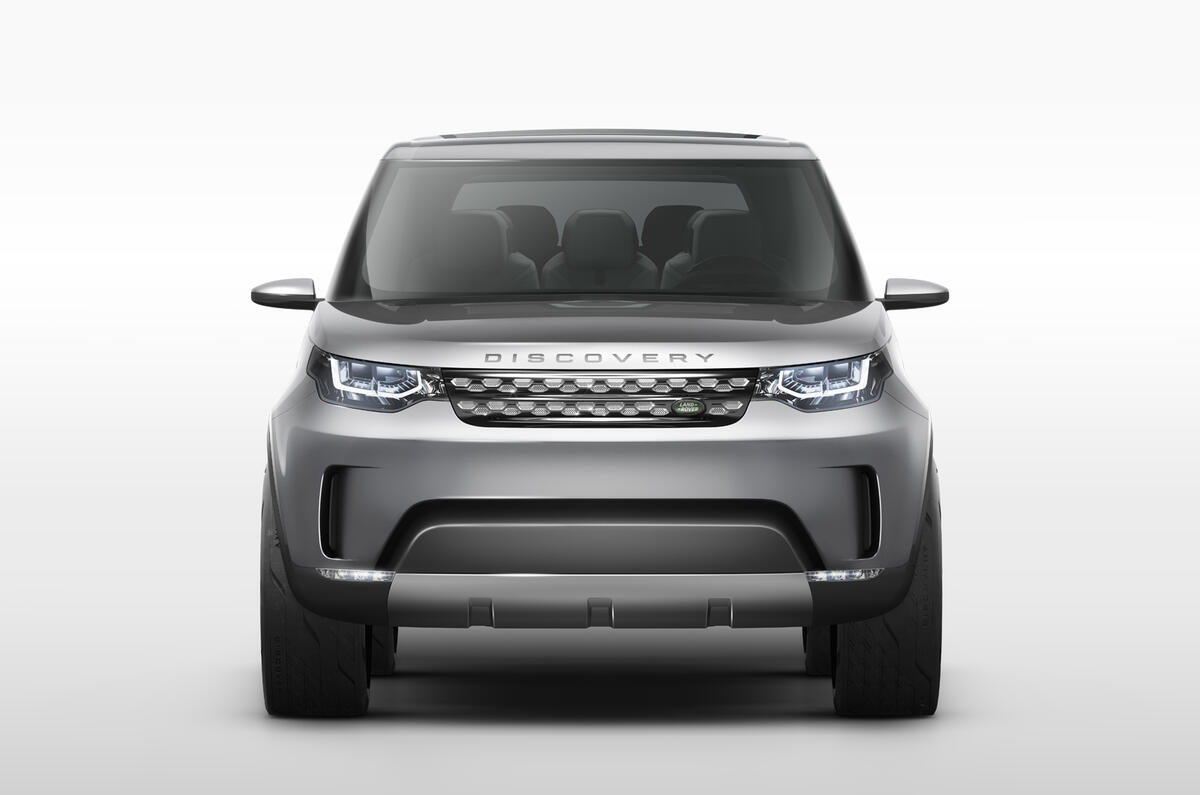
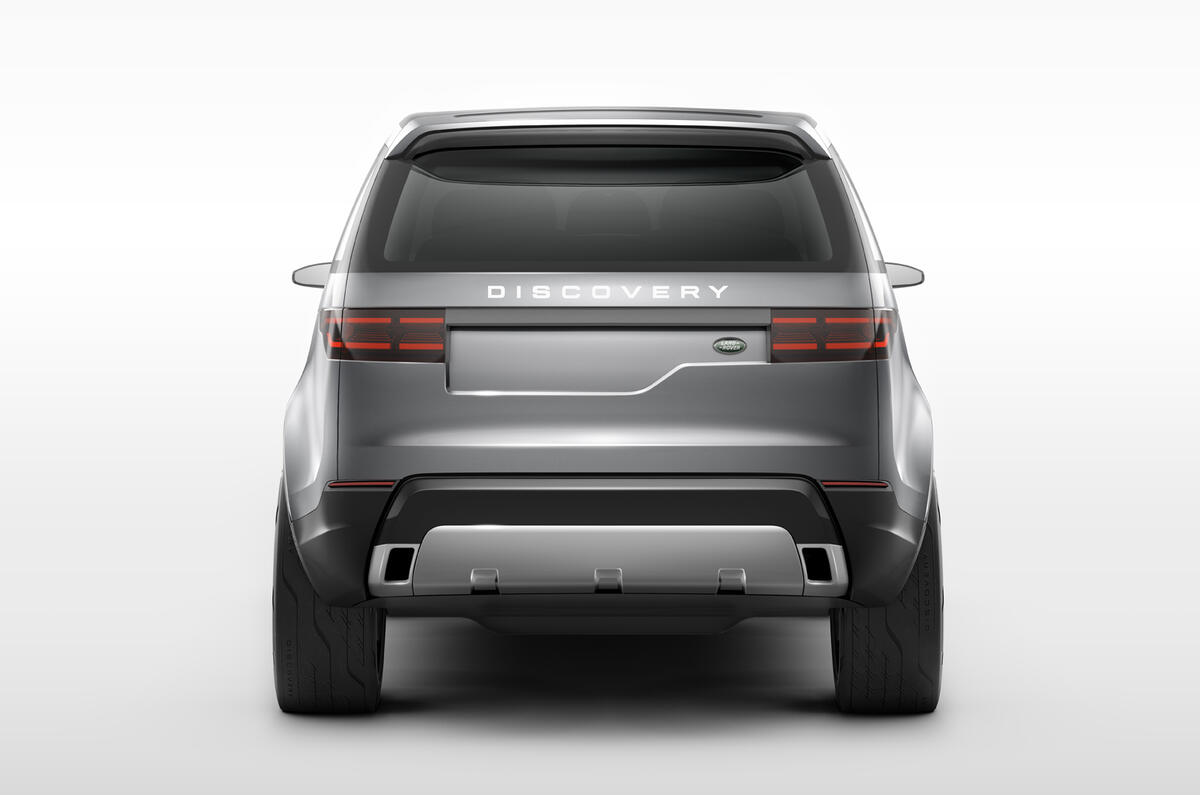
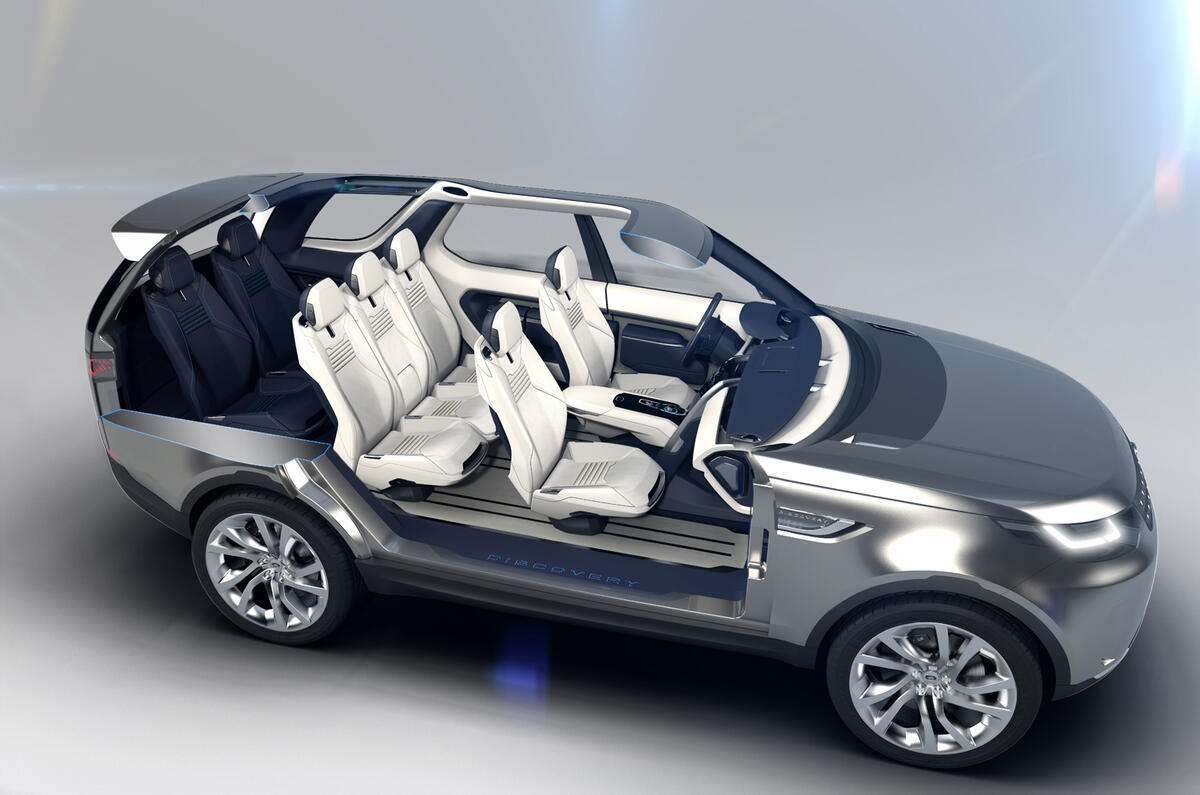
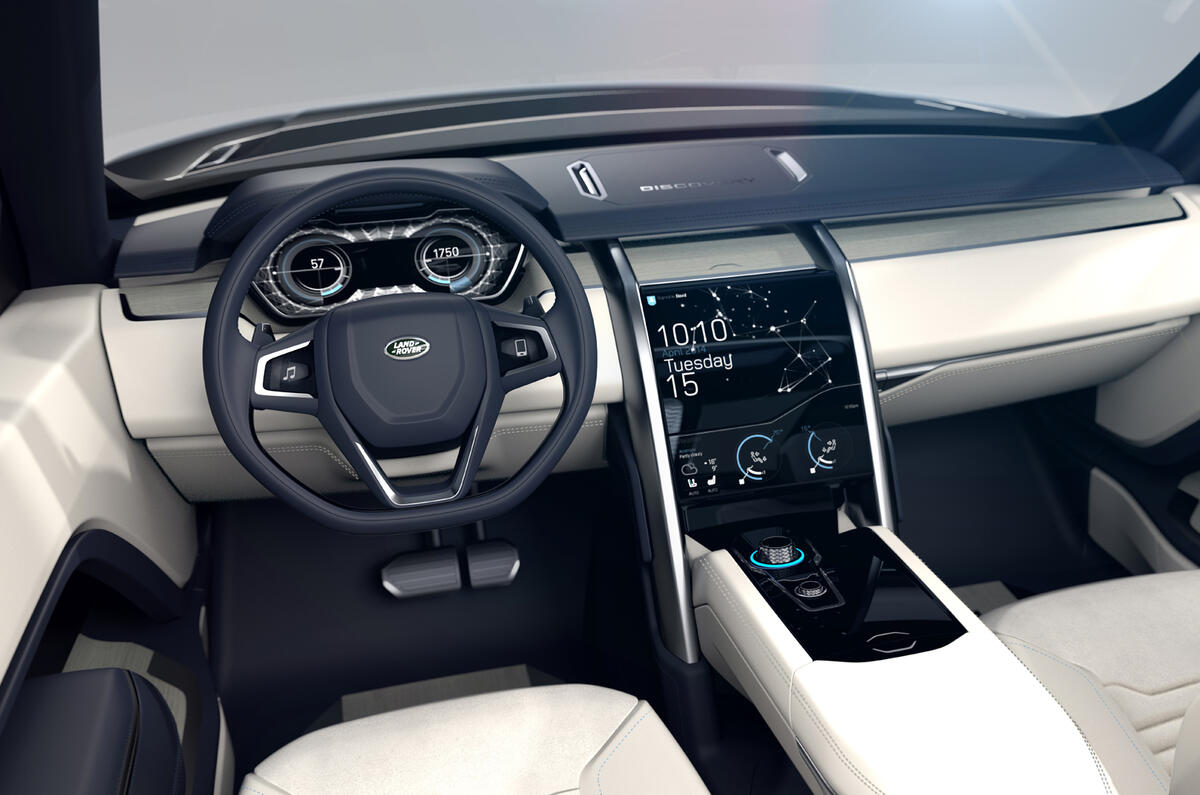
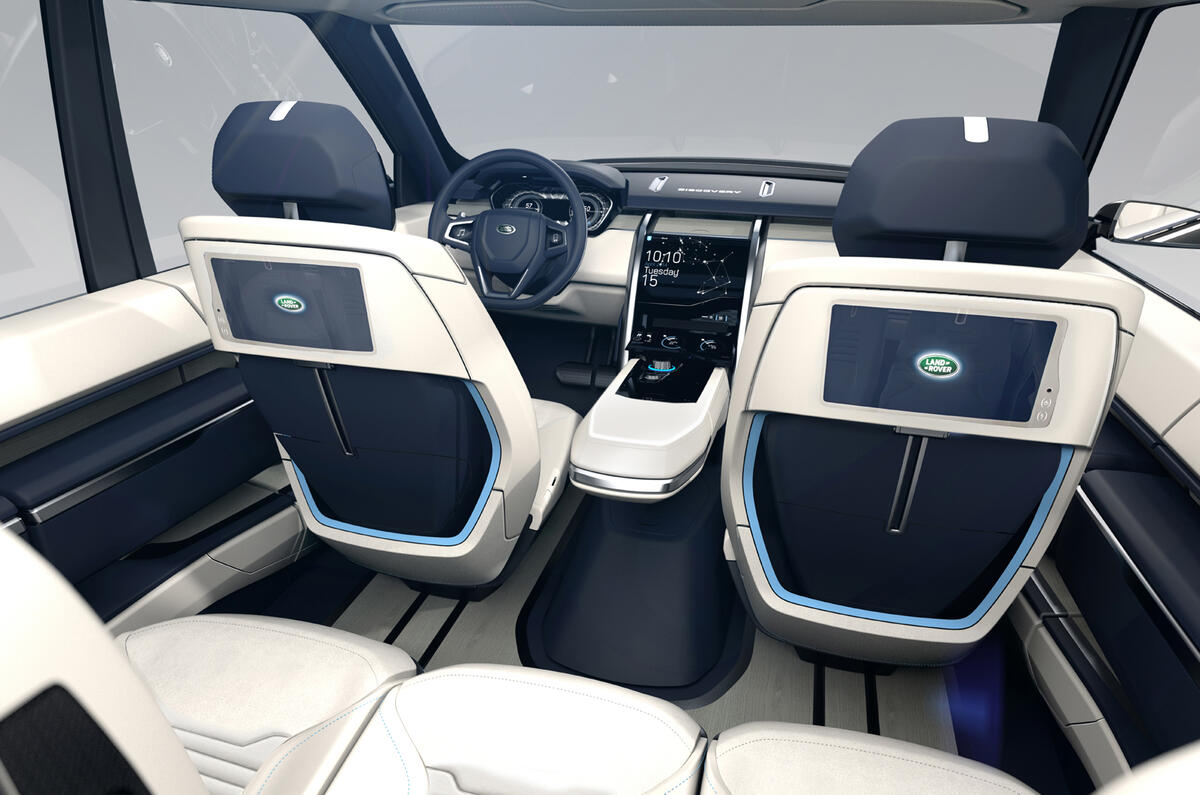
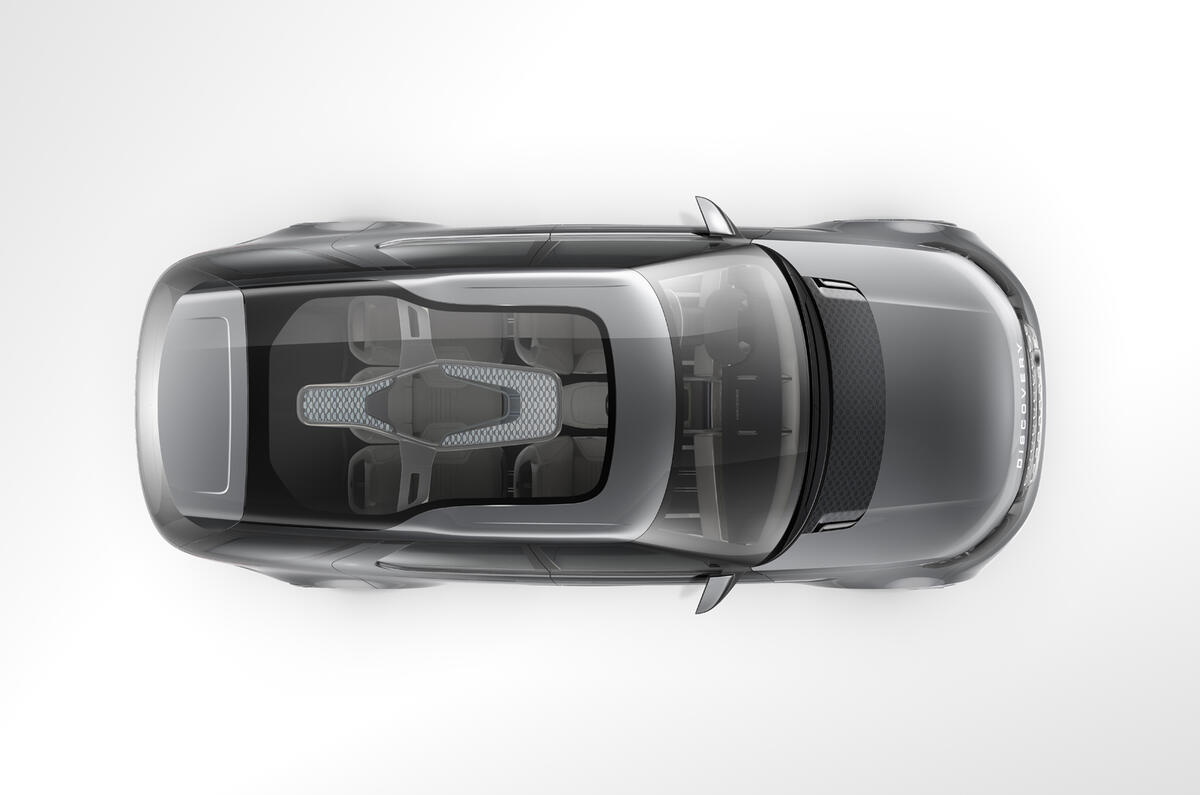
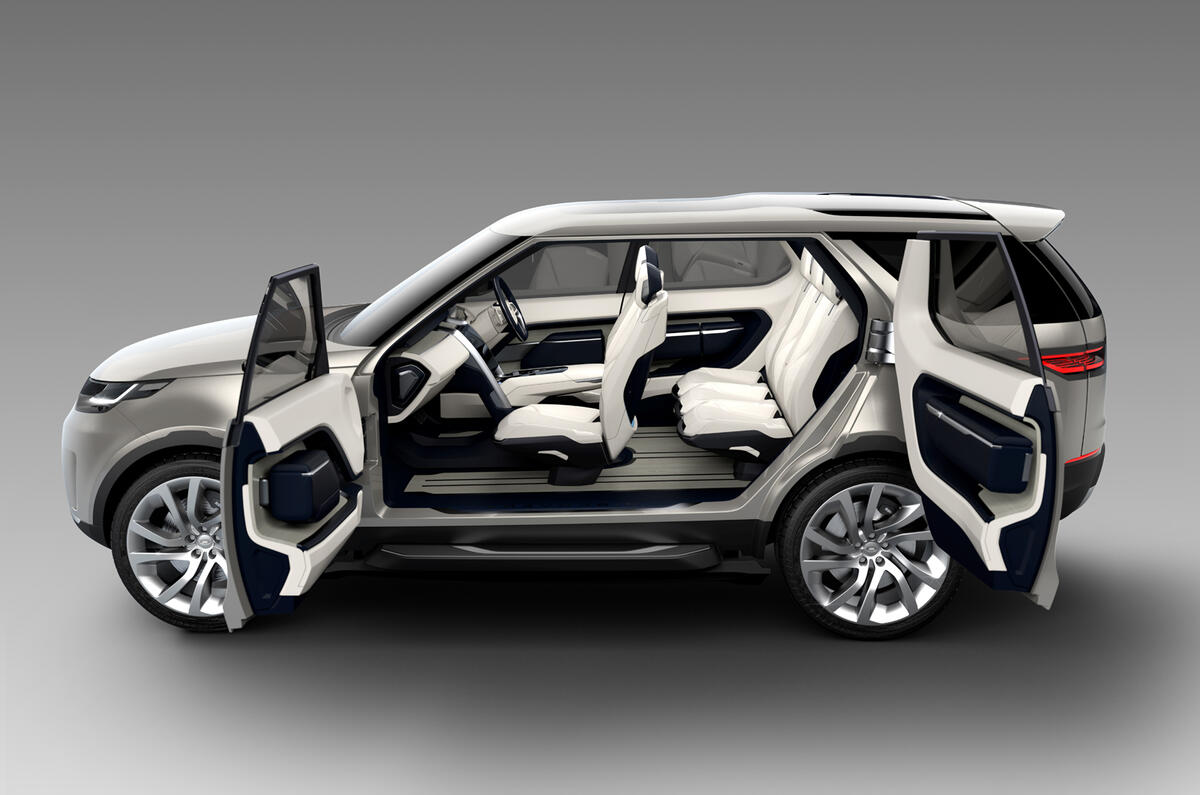

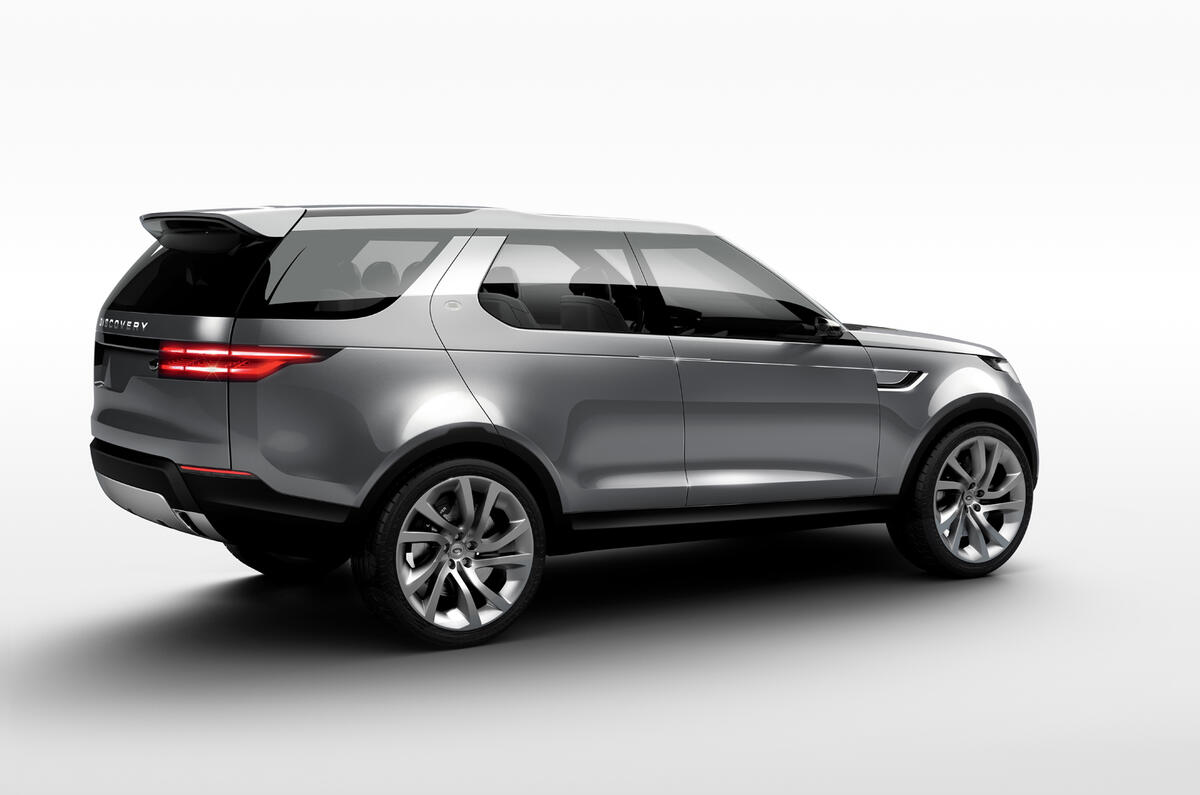

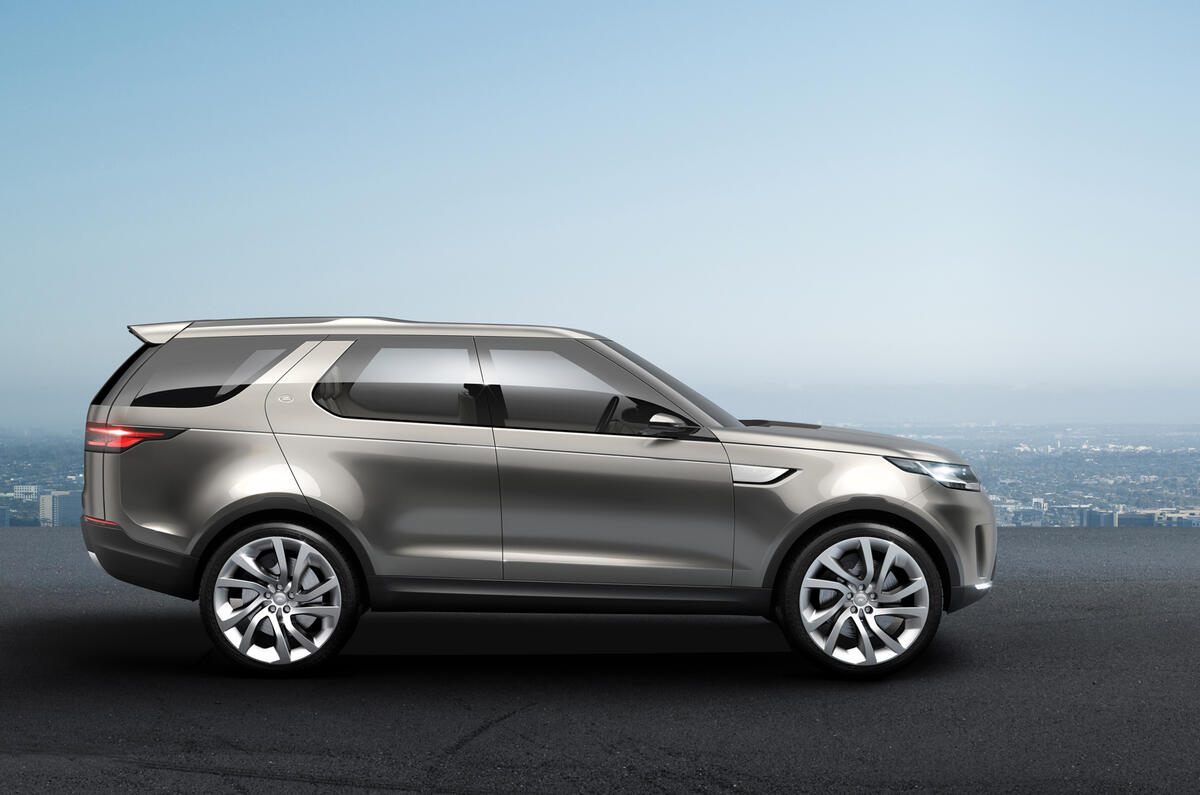
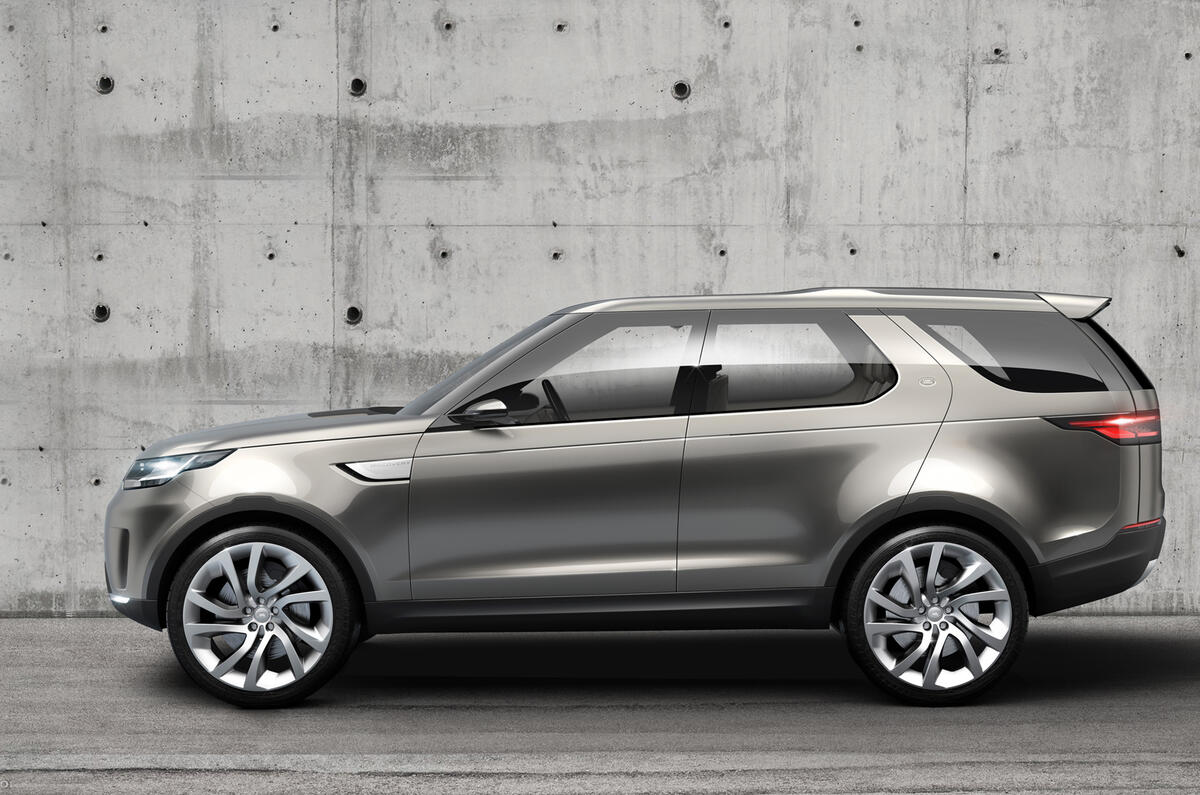
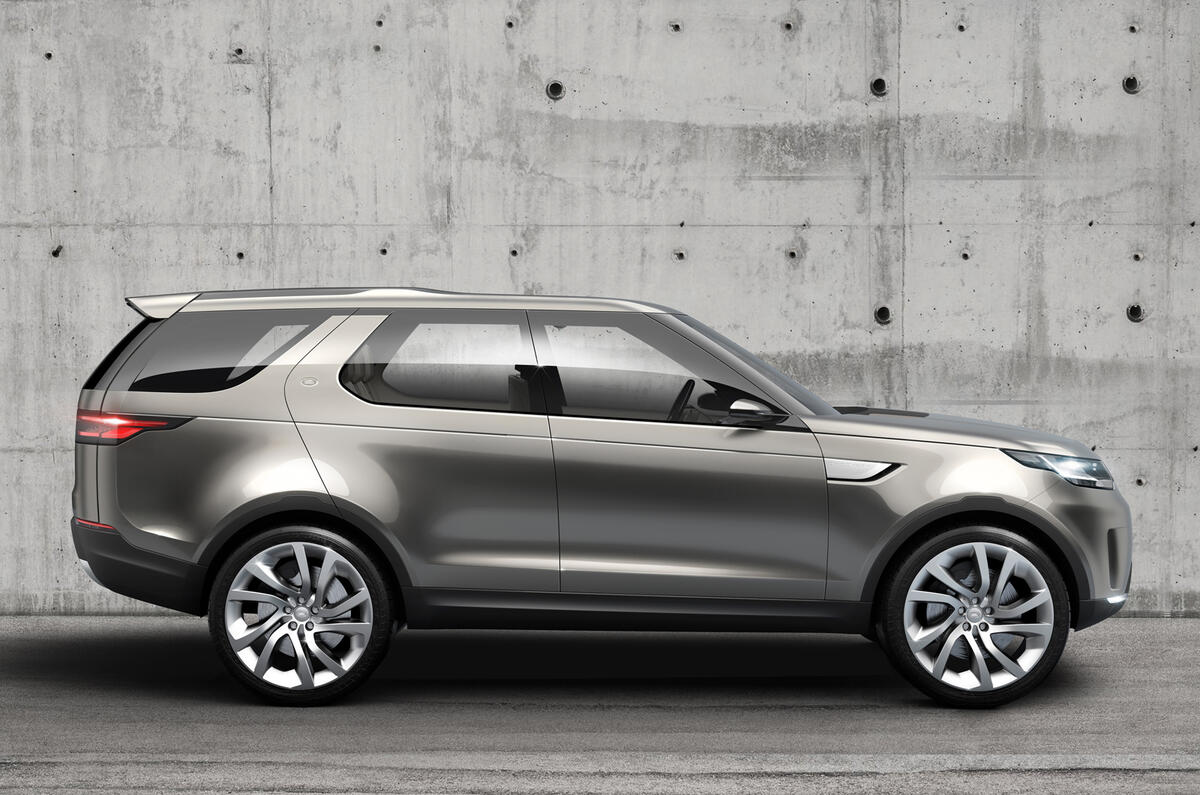
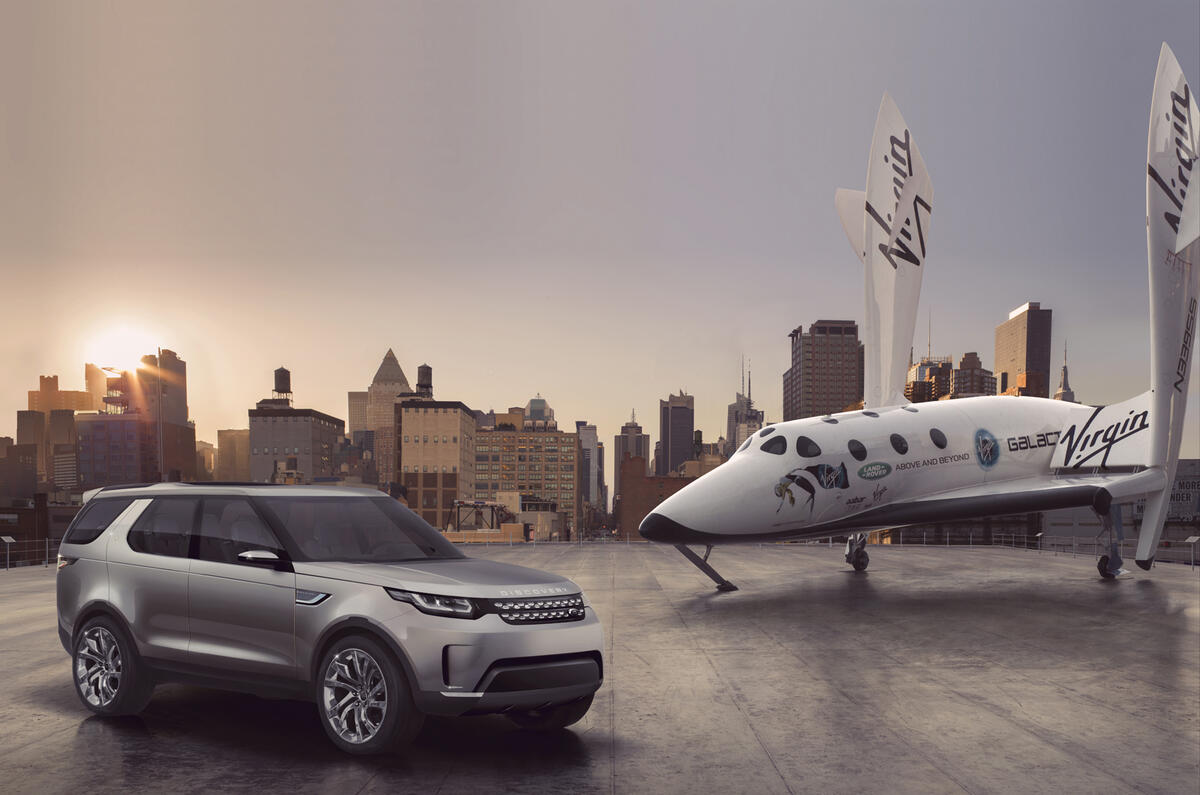

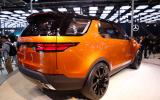

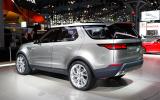

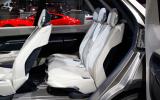

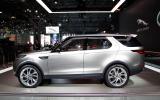
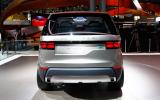
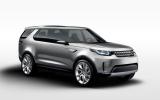
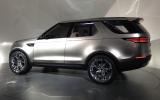
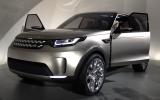
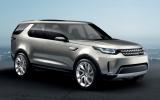




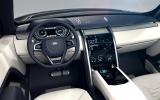


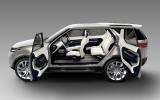
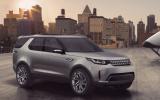
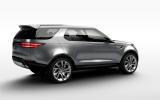
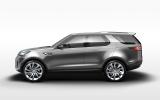
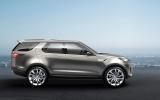
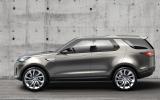
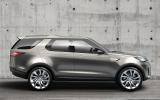








Join the debate
Add your comment
Very high at the back
I'm confused. Is not the
Looks like a Range Rover